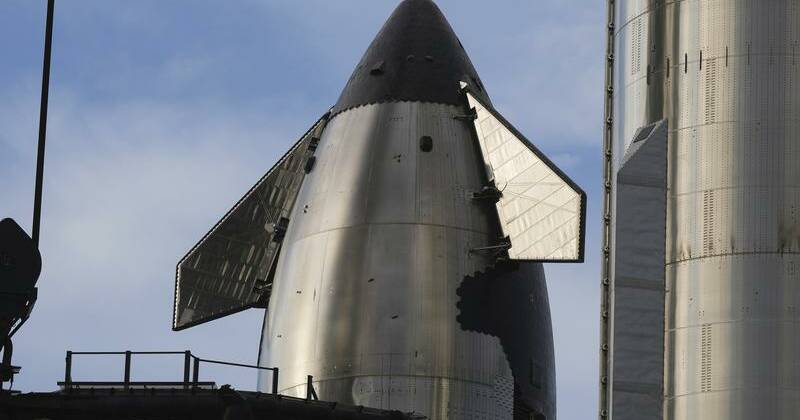
SpaceX has postponed the launch of its Starship tenth mission due to a technical issue at the launch site. The decision came approximately 30 minutes before the scheduled lift-off time at SpaceX’s Starbase facilities in Texas. This delay marks another setback in the company’s efforts to reach significant development milestones that have been hampered by previous test failures.
The towering rocket system, comprising the 70-meter Super Heavy booster and the 52-meter Starship upper stage, was situated on a launch mount as it was being filled with propellant. In a statement on X, SpaceX announced that they would be “standing down from today’s tenth flight of Starship to allow time to troubleshoot an issue with ground systems.” Initially, Elon Musk had planned to provide an update on the rocket’s development progress shortly before the launch, but a placeholder live stream indicated that the update had been cancelled.
As of now, SpaceX has not specified when the next launch attempt will occur. Historically, similar delays have been resolved within a matter of days, but the repeated challenges highlight the complexities associated with the latest iteration of the Starship.
Challenges and Future Aspirations
The development of Starship, which is pivotal to SpaceX’s business model and ambitions for Mars exploration, has faced multiple hurdles this year. Notably, there were two early flight failures and another significant failure during the ninth flight, along with a test stand explosion in June that sent debris across the border into Mexico. These incidents have tested the company’s bold test-to-failure approach.
Despite these setbacks, SpaceX has been consistently producing new Starships at its expansive Starbase production facilities. The latest iteration of the Starship incorporates advanced features such as increased thrust, a more resilient heat shield, and enhanced steering flaps. These improvements are essential for achieving the rapid reusability that Musk has long envisioned.
The launch was initially anticipated to occur around sunset on Sunday, with plans for the Starship upper stage to separate from the Super Heavy booster at a significant altitude. In previous tests, the Super Heavy booster successfully returned to its launch pad using mechanical arms, but this time it was slated for a soft landing in the Gulf of Mexico to assess a backup engine configuration.
As NASA targets a crewed lunar landing by 2027, the successful development and operational capability of Starship remain critical. The rocket is expected to play a vital role in this historic mission, marking humanity’s return to the Moon since the Apollo program. With Musk’s ambitious plans at stake, the outcome of the next test flight will be closely monitored by both the industry and space enthusiasts alike.






